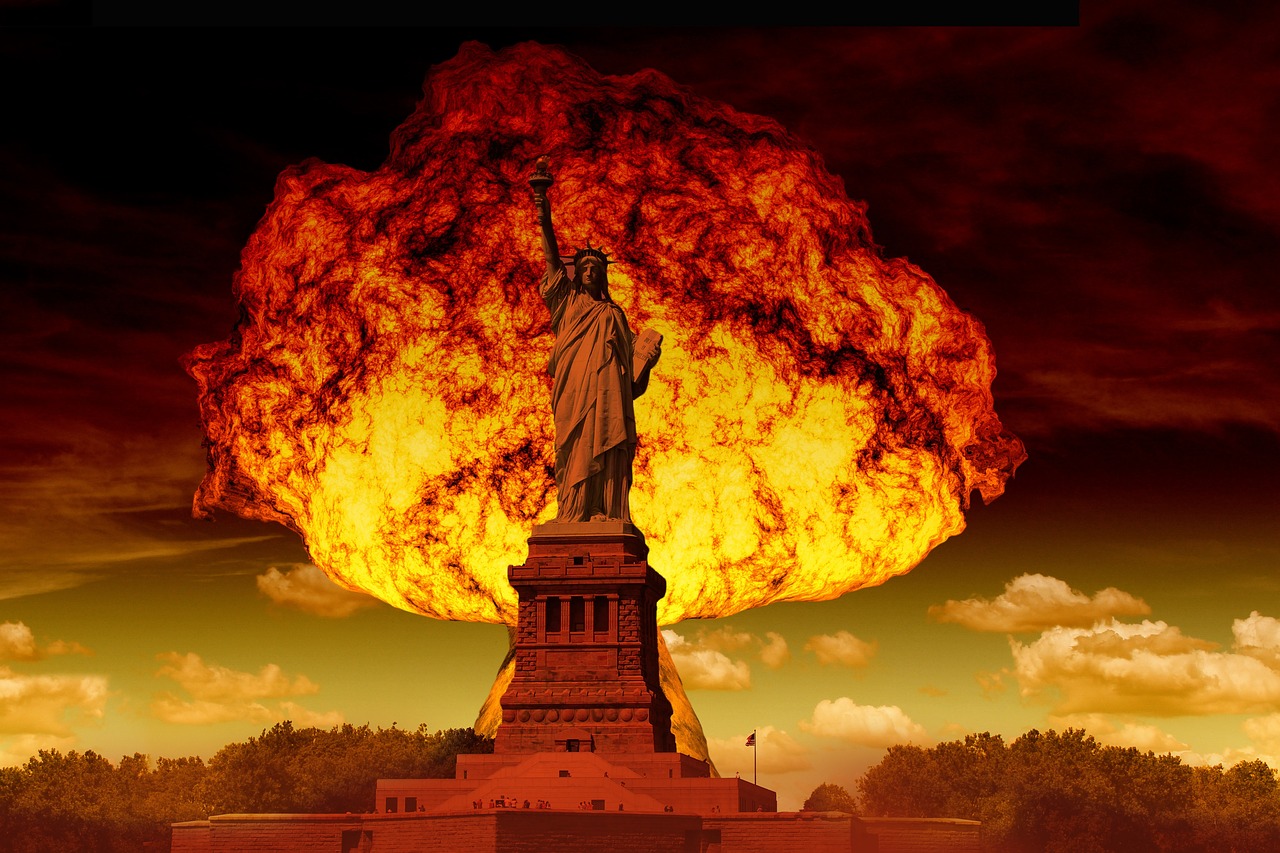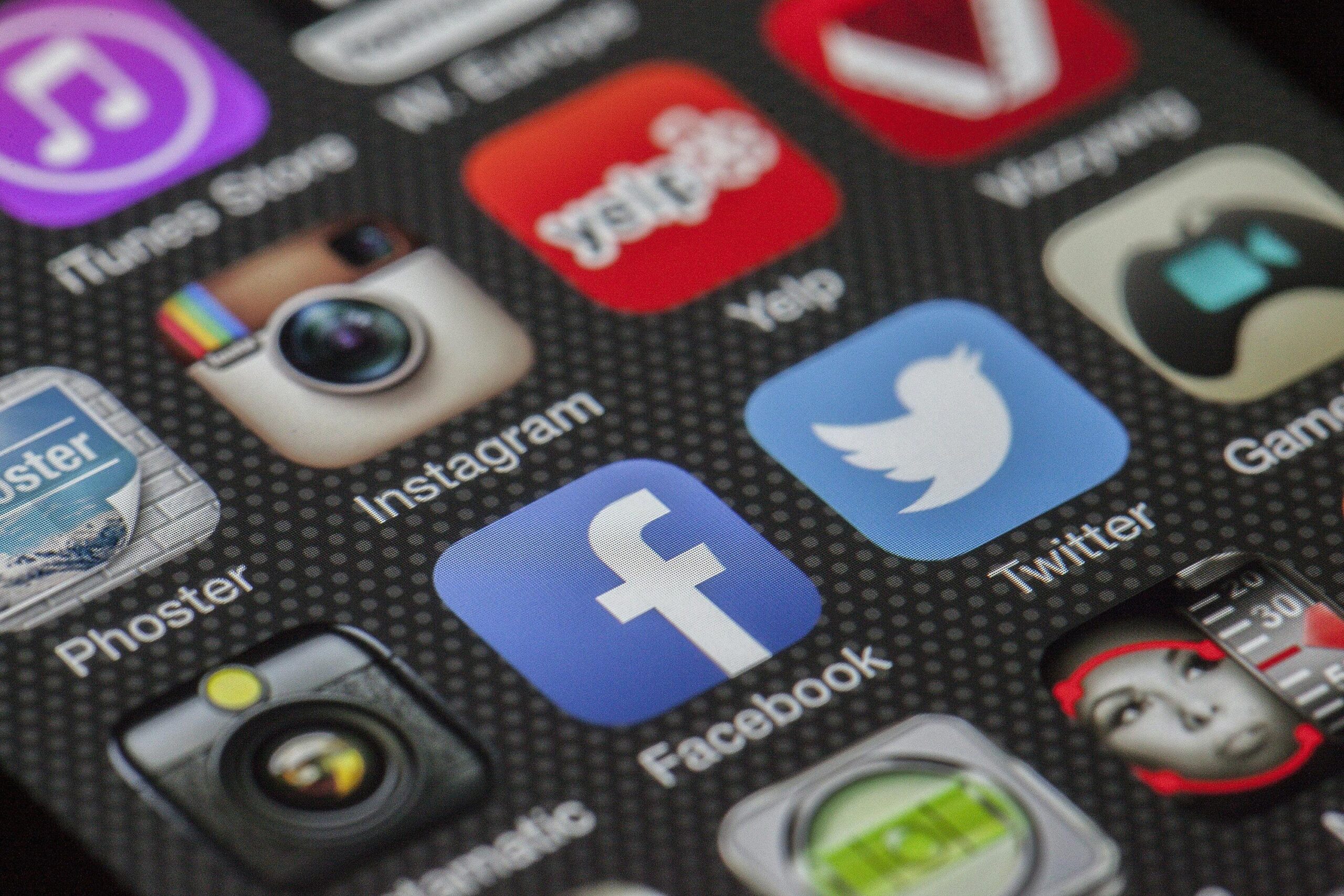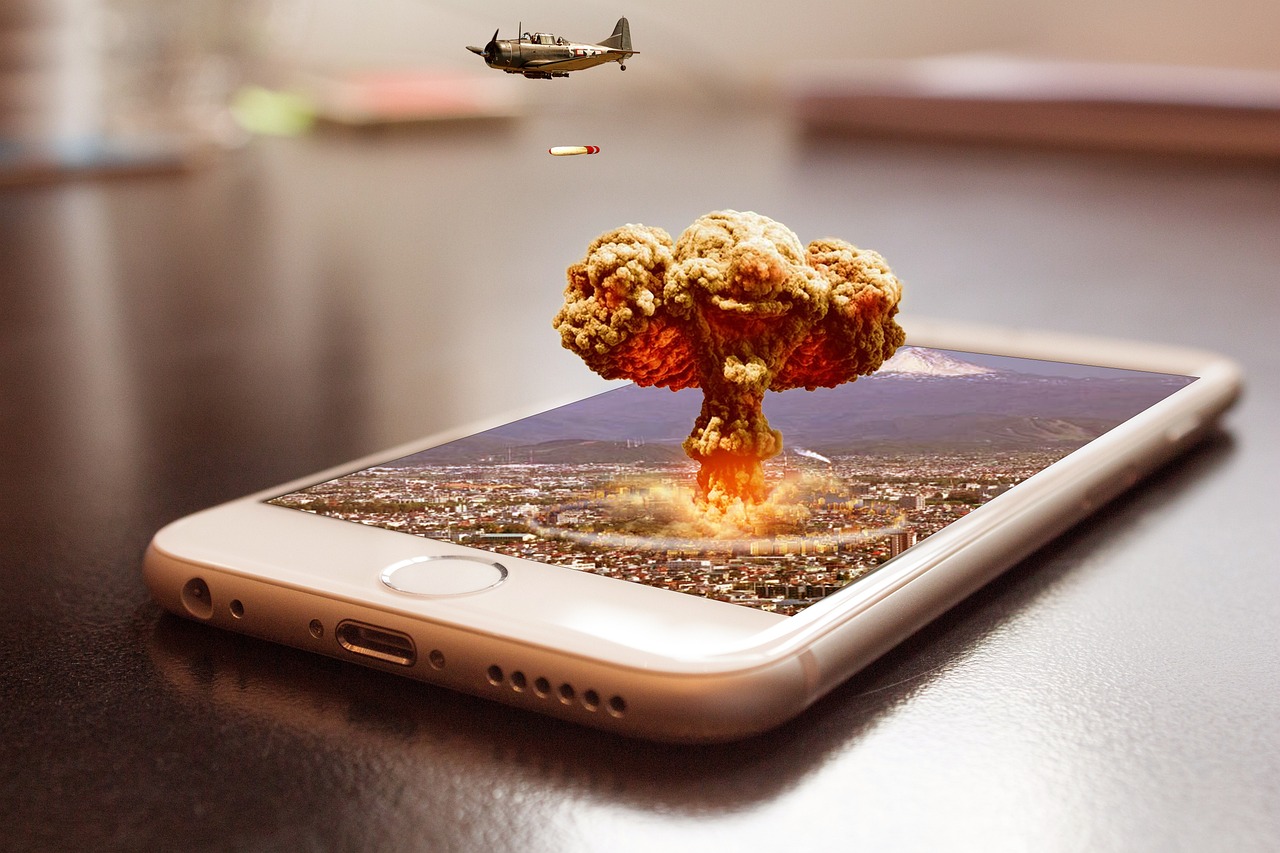Inventions are often celebrated for their ability to improve lives, solve problems, and propel civilization forward. However, not every groundbreaking innovation has led to purely positive outcomes. Throughout history, some inventions—though revolutionary—have caused devastating consequences, either through misuse, unintended side effects, or sheer destructive power.
In this article, we’ll explore 12 historic inventions that proved dangerous for humanity, showing that progress often comes with a heavy price. These innovations serve as a stark reminder that technology and morality must evolve together to avoid catastrophic results.

Perhaps the most infamous invention of the 20th century, nuclear weapons were first developed during World War II under the Manhattan Project. What followed was the tragic bombing of Hiroshima and Nagasaki in 1945, killing hundreds of thousands and ushering in the Cold War era of mutual assured destruction.
The existence of nuclear arsenals continues to pose a significant threat to global peace and survival.

Invented in China around the 9th century, gunpowder was initially used for fireworks and signals. However, it eventually transformed the nature of warfare, giving rise to guns, cannons, and explosives.
Gunpowder enabled large-scale destruction in wars and has played a role in millions of deaths over centuries, changing how nations wage war forever.

Once glamorized in films and advertisements, cigarettes were seen as fashionable and stress-relieving. However, extensive research later revealed that they’re a leading cause of lung cancer, heart disease, and respiratory illnesses.
Today, despite global awareness and health campaigns, tobacco-related deaths still exceed 8 million per year.

In the 1920s, leaded gasoline was introduced to improve engine performance. But what wasn’t known—or ignored—was its toxic environmental impact. Lead emissions from vehicles led to widespread air and soil contamination and even neurological damage in children.
The world began phasing it out in the late 20th century, but its effects still linger in many areas.

Hailed for its durability and fire-resistant properties, asbestos was widely used in construction, shipbuilding, and insulation. Decades later, it was discovered that inhaling asbestos fibers can cause mesothelioma, asbestosis, and lung cancer.
Despite bans in many countries, asbestos exposure continues to harm workers and residents in older buildings.

DDT was once praised as a miracle pesticide for fighting malaria and agricultural pests. However, its long-term effects include wildlife destruction, particularly among birds, and potential human toxicity.
Rachel Carson’s book Silent Spring raised global awareness, leading to DDT bans in many countries, but not before major ecological damage occurred.

Invented to be a versatile, low-cost alternative to natural materials, plastic revolutionized packaging, medicine, and manufacturing. But its durability became a curse: over 8 million tons of plastic enter oceans every year, threatening marine life and entering the food chain as microplastics.
From single-use bags to plastic straws, our dependence on plastic has sparked a global environmental crisis.

Chemical warfare, first used extensively during World War I, introduced horrifying weapons like mustard gas and sarin gas. These weapons cause excruciating suffering and often violate international laws.
Despite treaties like the Chemical Weapons Convention, such weapons have been used in modern conflicts, proving how science can be twisted into tools of cruelty.

While not harmful in the traditional sense, the algorithms behind platforms like Facebook have proven dangerous to mental health, democracy, and truth. Engineered to maximize engagement, they often promote misinformation, political polarization, and addiction.
Multiple whistleblowers have exposed how algorithmic bias and lack of regulation can manipulate user behavior on a massive scale.

AI promises incredible benefits in healthcare, logistics, and automation. But when used in military applications—like autonomous drones or AI-powered surveillance—it raises grave ethical and safety concerns.
The fear of killer robots or AI making life-or-death decisions without human oversight is no longer just science fiction.

Invented by Alfred Nobel to make mining and construction safer, dynamite also found its way into military use. Though it was more stable than nitroglycerin, dynamite contributed significantly to warfare, terrorism, and violence.
Ironically, Nobel’s invention of destruction funded the Nobel Peace Prize, showing a dual legacy of both harm and hope.

Yes, the internet has revolutionized education, communication, and commerce. But it also brought along cybercrime, identity theft, dark web activities, and mental health issues tied to social comparison, screen addiction, and misinformation.
From deepfakes to cyberbullying, the internet’s darker side is increasingly visible—and often dangerous.






Be First to Comment